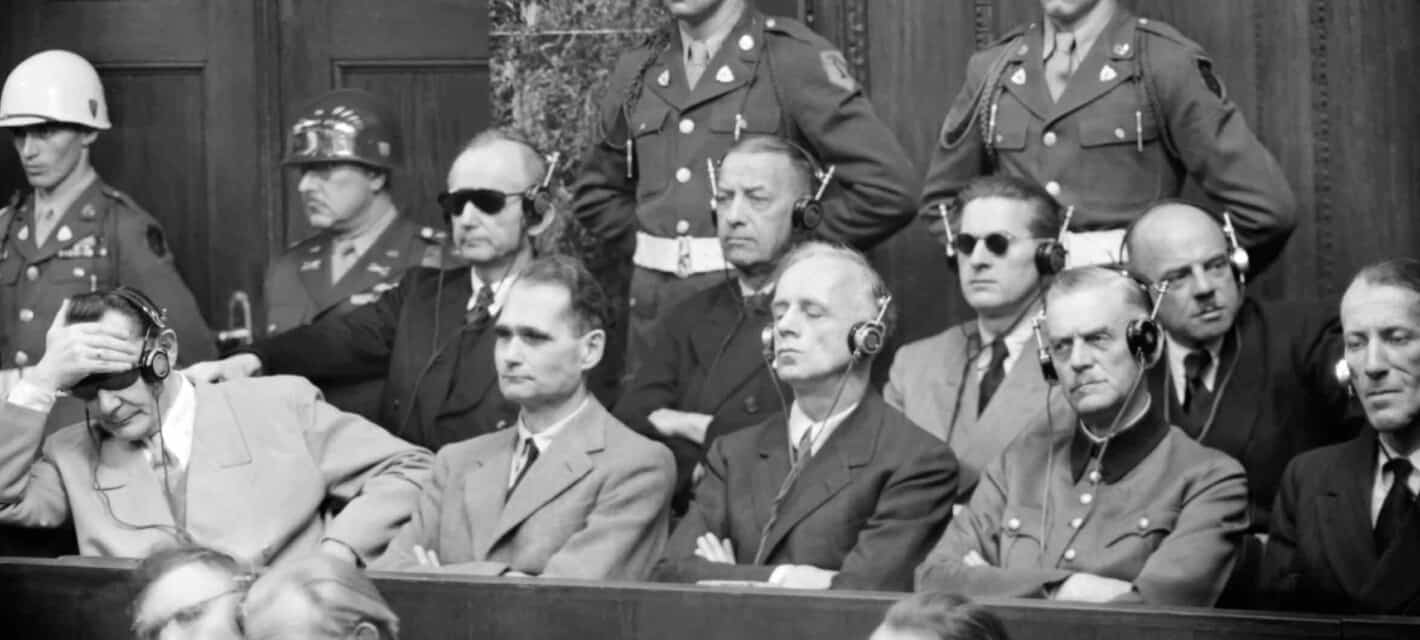After World War II, there were a nearly endless number of war criminals sought by the Allies, various governments, and even individual Nazi hunters. Many of the key figures in the Nazi regime were captured relatively quickly, and served trial in Nuremberg. Others escaped, often with the assistance of Catholic bishops and monks, along the rat lines from Italy to South America or the Middle East.
Some of those escaped Nazis were hunted down and caught rather quickly. Many others escaped, living out their lives under false identities. Here, we will share the stories of seven Nazis, ranging from key figures in the regime to minor, but much-remembered individuals. These captures were the work of the U.S. Army, the Israeli secret service, and dedicated and driven individuals like Simon Wiesenthal.
Rudolf Hoess
Rudolf Hoess, the commandant of Auschwitz, was hanged on hastily-built gallows near one of the crematoria at Auschwitz. This was one of the crematoria that had been used to dispose of the bodies of the millions killed at Auschwitz between its opening in 1940 and its closure in 1945. The mass gassing of prison began in September 1941.

In appearance, Hoess was a mild-mannered man, who identified as Catholic. He lived in a house in sight of the crematoria with his wife and five children. As the war reached its end, and the remaining prisoners of Auschwitz were sent on a final death march, Hoess went into hiding.
As advised by Heinrich Himmler, Hoess fled into Germany, passing himself off as a member of the German navy. In March, 1946, his wife disclosed his location to the British; she feared for the well-being of her son, Klaus. Hoess was, by this time, living and working as a gardener in Gottrupel. He used the name Franz Lang.
The British force was led by Hanns Alexander, a German Jew who had fled to Britain. When captured, Hoess denied his identity. Alexander asked to examine Hoess’ wedding ring and Hoess refused. Only when Alexander threatened to cut off Hoess’ finger did he remove the ring. Inside the band, the names Rudolf and Hedwig were engraved. He was threatened and beaten by the British, and finally admitted his identity.
Hoess appeared before the International Military Tribunal at Nuremberg on April 15, 1946. He was called as a witness for the defense, and provided clear testimony enumerating the dead at Auschwitz. Following his testimony, Hoess was handed over to the Polish authorities and tried for his war crimes by the Supreme National Tribunal in Poland. Hoess was sentenced to death and hanged on April 16, 1947 at Auschwitz.

